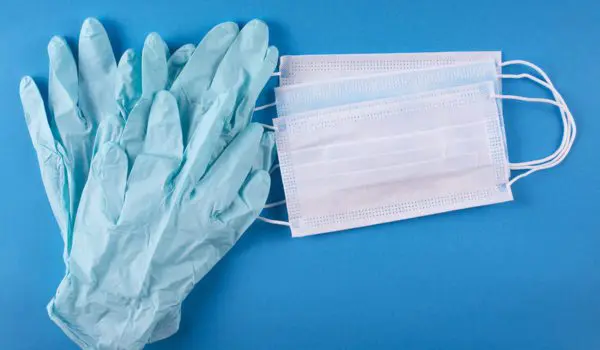Formulating a profitable and safe manufacturing operation is challenging in ordinary times. Retooling to create a new product rapidly under challenging financial and employment circumstances can seem daunting at best. But government officials, amid shortages of critical medical supplies, have called on manufacturers to transition to the production of personal protective equipment (PPE) and other COVID-19 countermeasures.
On Friday, New York Governor Cuomo made an urgent request for manufacturers to make N95 masks, gowns, face shields and other PPE desperately needed by medical workers. Governor Cuomo further announced that the state would “finance the transition” to the production of PPE and pay a premium on the products produced. “We need companies to make the[se] materials,” Cuomo said. “We will work together quickly. There will be no red tape, no bureaucracy. We’ll finance what you need to transition, and buy the product, and pay a premium.” Governor Cuomo noted that N95 masks that typically cost 70 cents now cost approximately $7.00, and that competition between states was amplifying both the cost and the timeline.
For manufacturers of a variety of consumer and industrial products, retooling can serve two symbiotic purposes: (1) lowering our nation’s infection and death rate, particularly among medical personnel; and (2) allowing your business to survive or even thrive during the economic crisis created by COVID-19.
If you evaluate retooling, here are a few of the issues to consider:
1.) Who are your customers — states, hospital systems, FEMA? And how will they find you quickly?
In New York, Governor Cuomo said that the Empire State Development Corporation is handling this project, and any manufacturers interested can contact them by calling (212) 803-3100 or emailing COVID19supplies@esd.ny.gov.
Our CivicPoint Governmental Relations team can work with you to reach out to and create opportunities with other hard-hit states.
2.) How long will your emergency product be needed? How quickly and nimbly can you transition back to regular operations?
Ventilators and ventilator components may be moved from one place to another as areas experiencing spikes in illness shift. PPE equipment is generally disposable and may be needed in greater quantity for at least 18 months. Indeed the public may demand more PPE for years to come. If the risks associated with transitioning to and from an emergency product are significant or the demand unstable, the risk may need to be borne contractually by your customers.
3.) How will you manage facility risks to provide the best physical safety to your employees?
Hygiene standards typically applied to food and beverage preparation may provide insight into how to operate any manufacturing facility during the COVID-19 pandemic. Limited facility access, separate entrances for different phases of product development (like separating “raw” and “ready-to-eat” food-handling employees in food processing), rotating shifts and lunch periods (without leaving the facility for lunch), clothing changes when entering and leaving work, and rigid solid surface cleaning protocols are just some of the cost-effective ways to provide greater protection to workers.
Despite the challenges, companies large and small, all over the U.S. and the world are retooling to provide badly needed items. Hockey equipment makers are making face shields. Costume designers are making N95 masks. Distillers are making hand sanitizer. Tesla hopes to make ventilators from car components. These stories inspire us, and in challenging times, our need for inspiration may be just as great. For questions relating to this article, please contact Alex Rose, Kimera Hall, or Trey Grayson of Frost Brown Todd’s Manufacturing Industry and Public Affairs teams.

